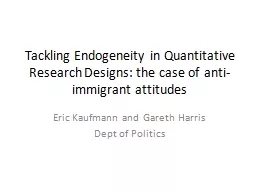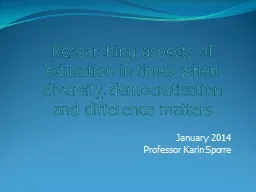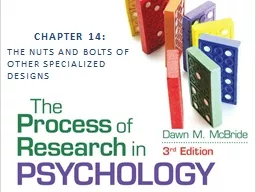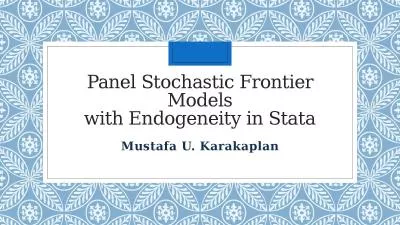PPT-Tackling Endogeneity in Quantitative Research Designs:
Author : sherrill-nordquist | Published Date : 2018-02-26
the case of antiimmigrant attitudes Eric Kaufmann and Gareth Harris Dept of Politics Community and Closure Neighborhoods can be open only if countries are at
Presentation Embed Code
Download Presentation
Download Presentation The PPT/PDF document "Tackling Endogeneity in Quantitative ..." is the property of its rightful owner. Permission is granted to download and print the materials on this website for personal, non-commercial use only, and to display it on your personal computer provided you do not modify the materials and that you retain all copyright notices contained in the materials. By downloading content from our website, you accept the terms of this agreement.
Tackling Endogeneity in Quantitative Research Designs:: Transcript
Download Rules Of Document
"Tackling Endogeneity in Quantitative Research Designs:"The content belongs to its owner. You may download and print it for personal use, without modification, and keep all copyright notices. By downloading, you agree to these terms.
Related Documents














